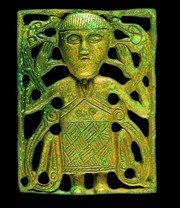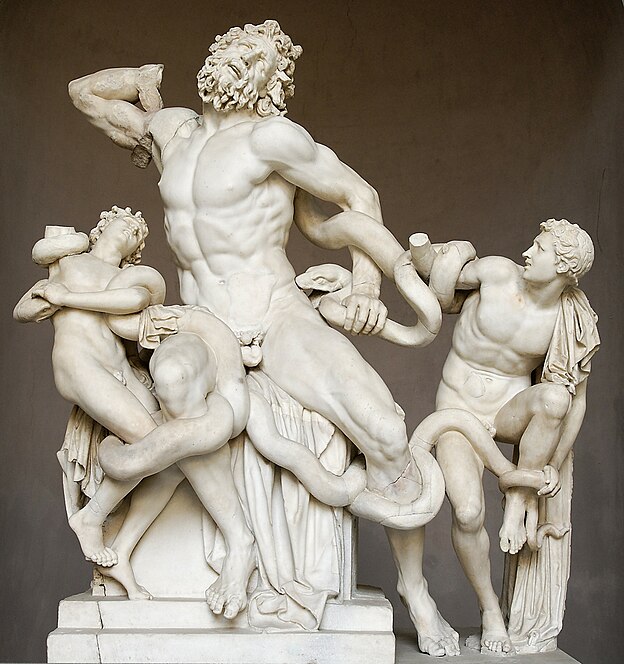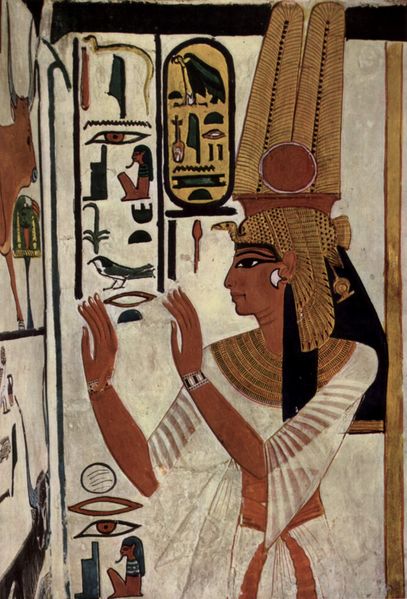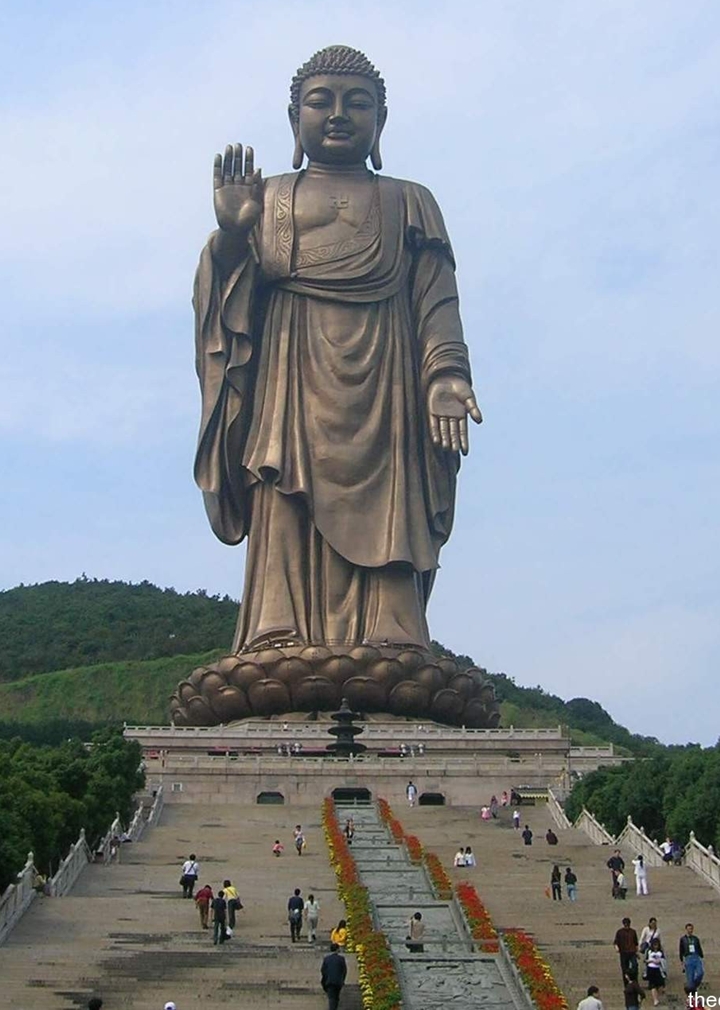Chinese art has "Three Perfections" - calligraphy, poetry and painting. The artists uniquely combine the Three Perfections to present a harmonious whole, though some of these style artworks were worked on by more than one artist.
._Detail%2C_Illustration_to_the_Second_Prose_Poem_on_the_Red_Cliff%2C_Nelson-Atkins_Museum_of_Art.jpg/800px-Qiao_Zhongchang%2C_Chinese_(act._Late_11th-early_12th_century)._Detail%2C_Illustration_to_the_Second_Prose_Poem_on_the_Red_Cliff%2C_Nelson-Atkins_Museum_of_Art.jpg) |
| Qiao Zhongchang, Illustration to the Second Prose Poem on the Red Cliff, 11th-12th century |
Personally, I believe that these paintings hold significant meaning and along with the development of printing, became central to a great burst of intellectual activity in the 11th century in China.
 |
| Kuncan, Landscape after Night Rain Shower, 1660, Beijing. |






.jpg)










.jpg)


._Detail%2C_Illustration_to_the_Second_Prose_Poem_on_the_Red_Cliff%2C_Nelson-Atkins_Museum_of_Art.jpg/800px-Qiao_Zhongchang%2C_Chinese_(act._Late_11th-early_12th_century)._Detail%2C_Illustration_to_the_Second_Prose_Poem_on_the_Red_Cliff%2C_Nelson-Atkins_Museum_of_Art.jpg)
